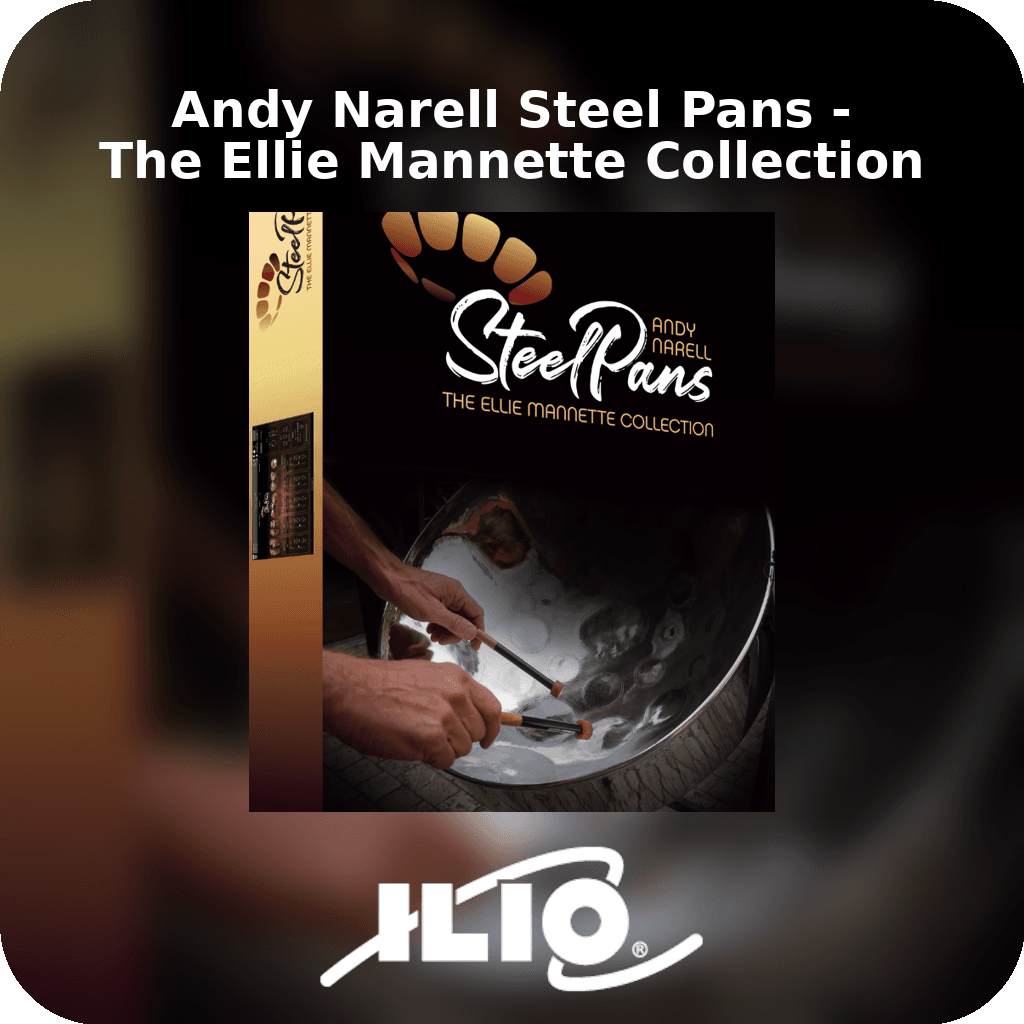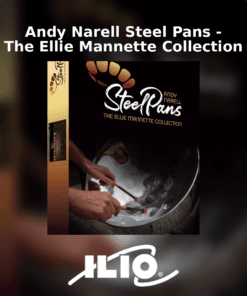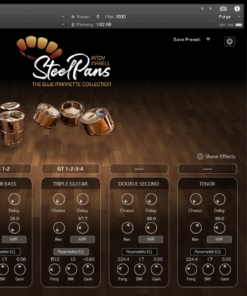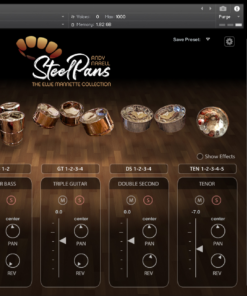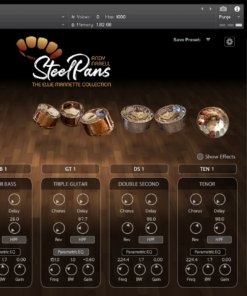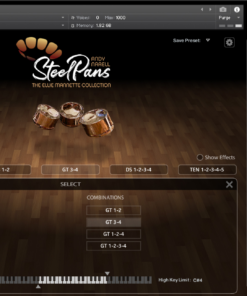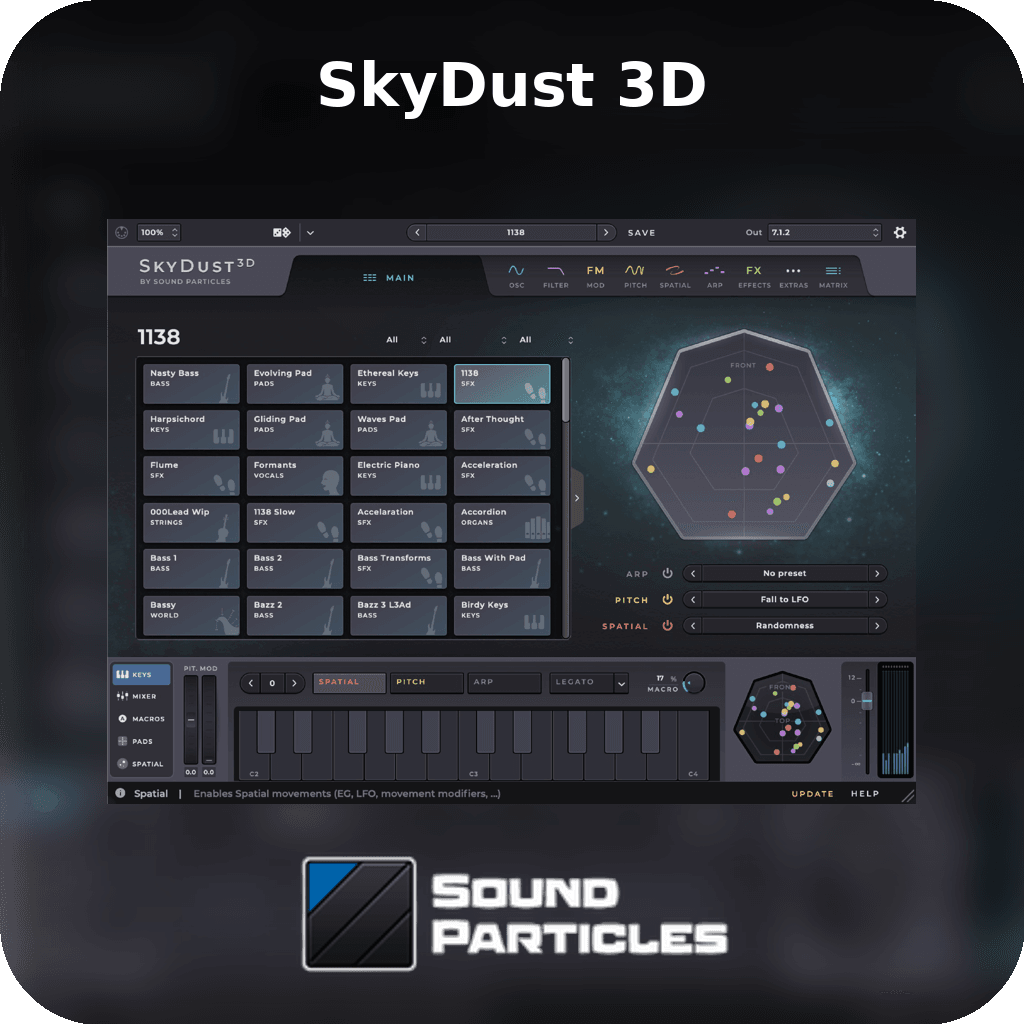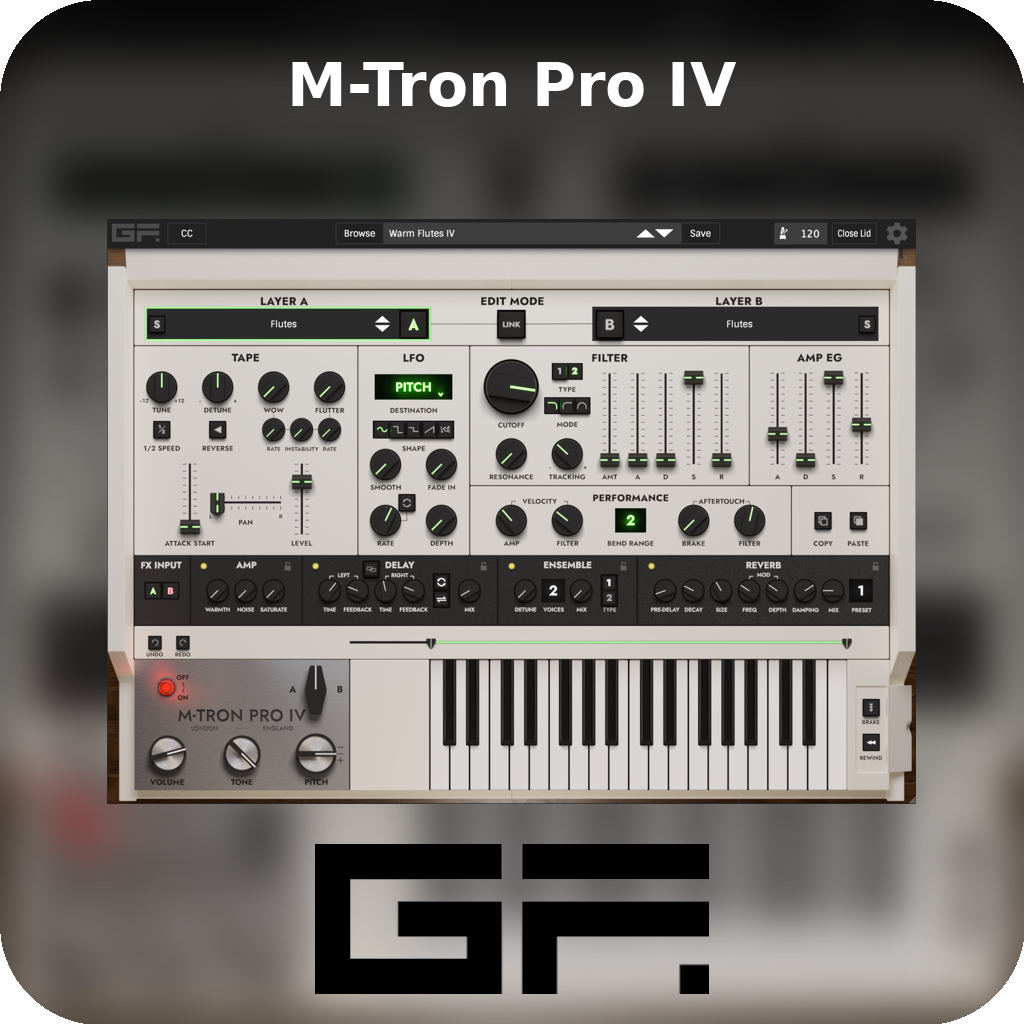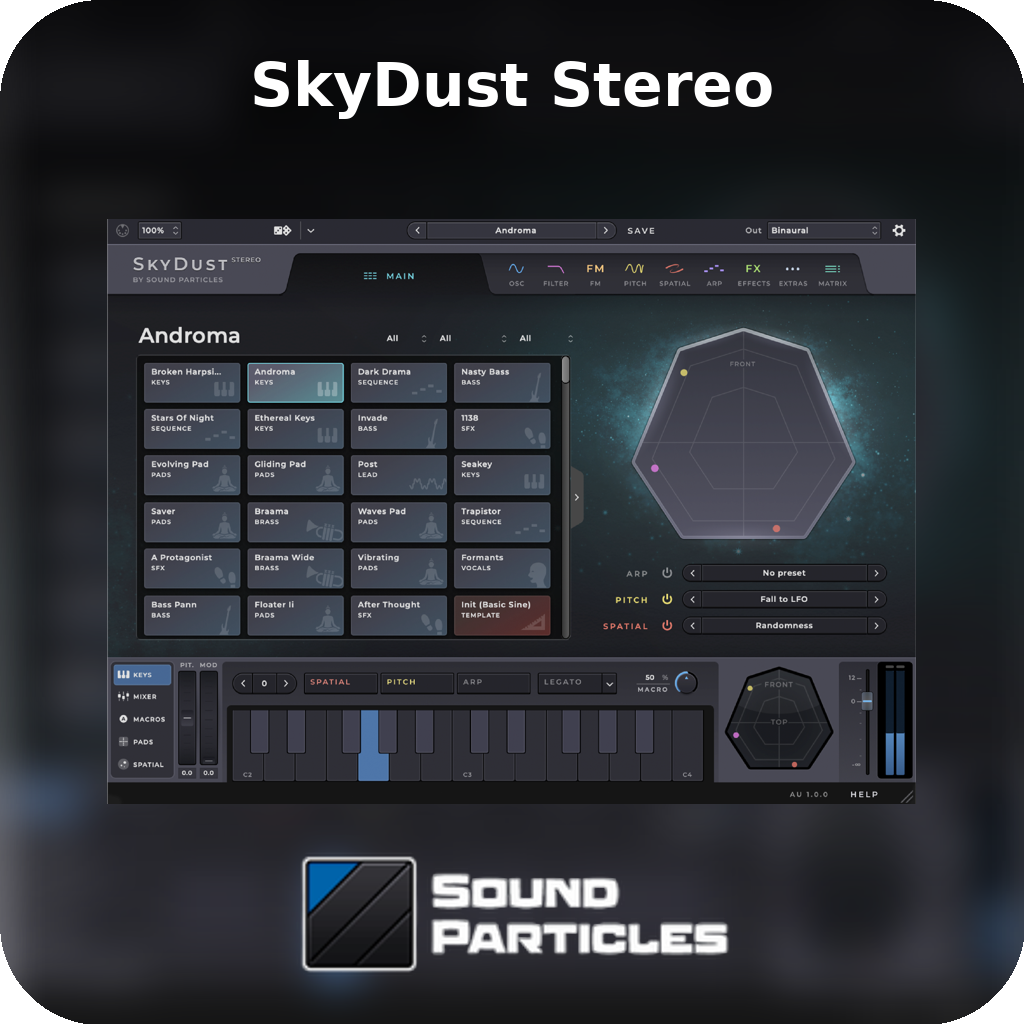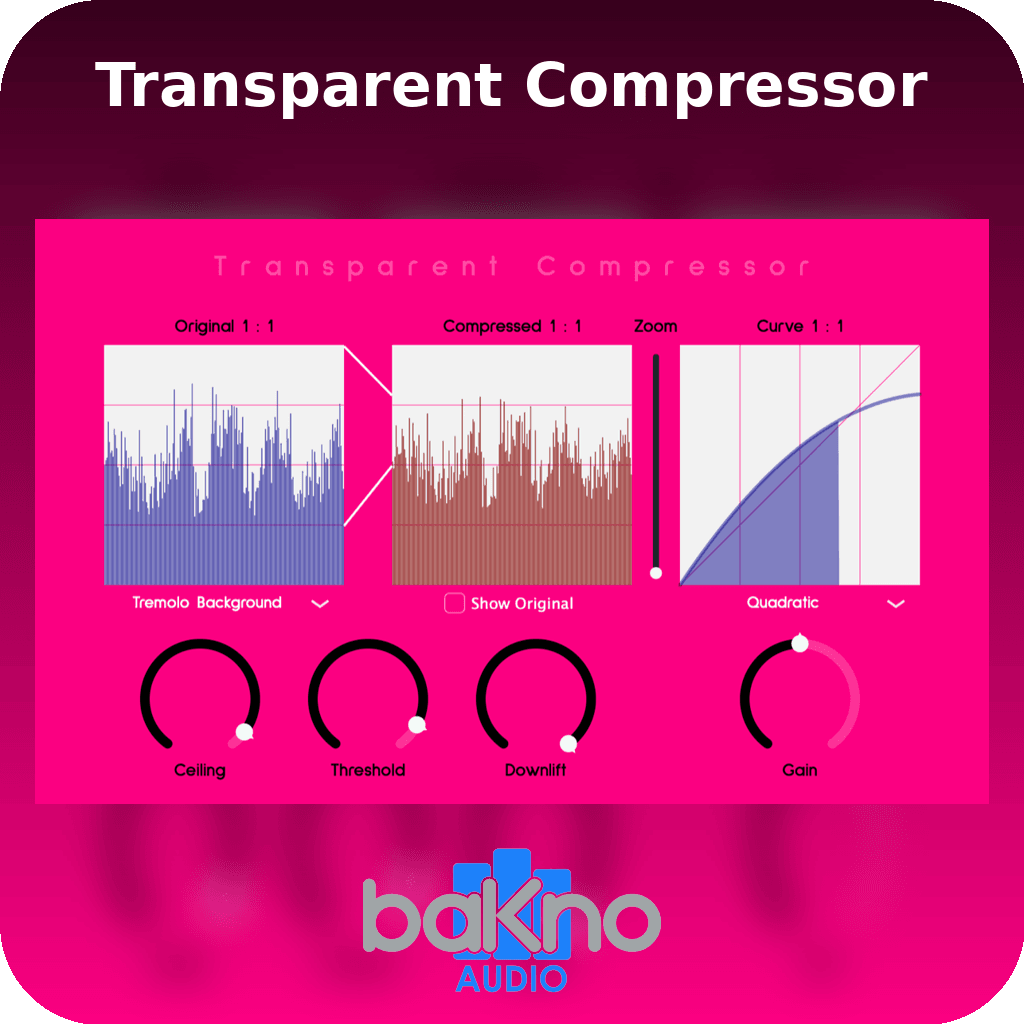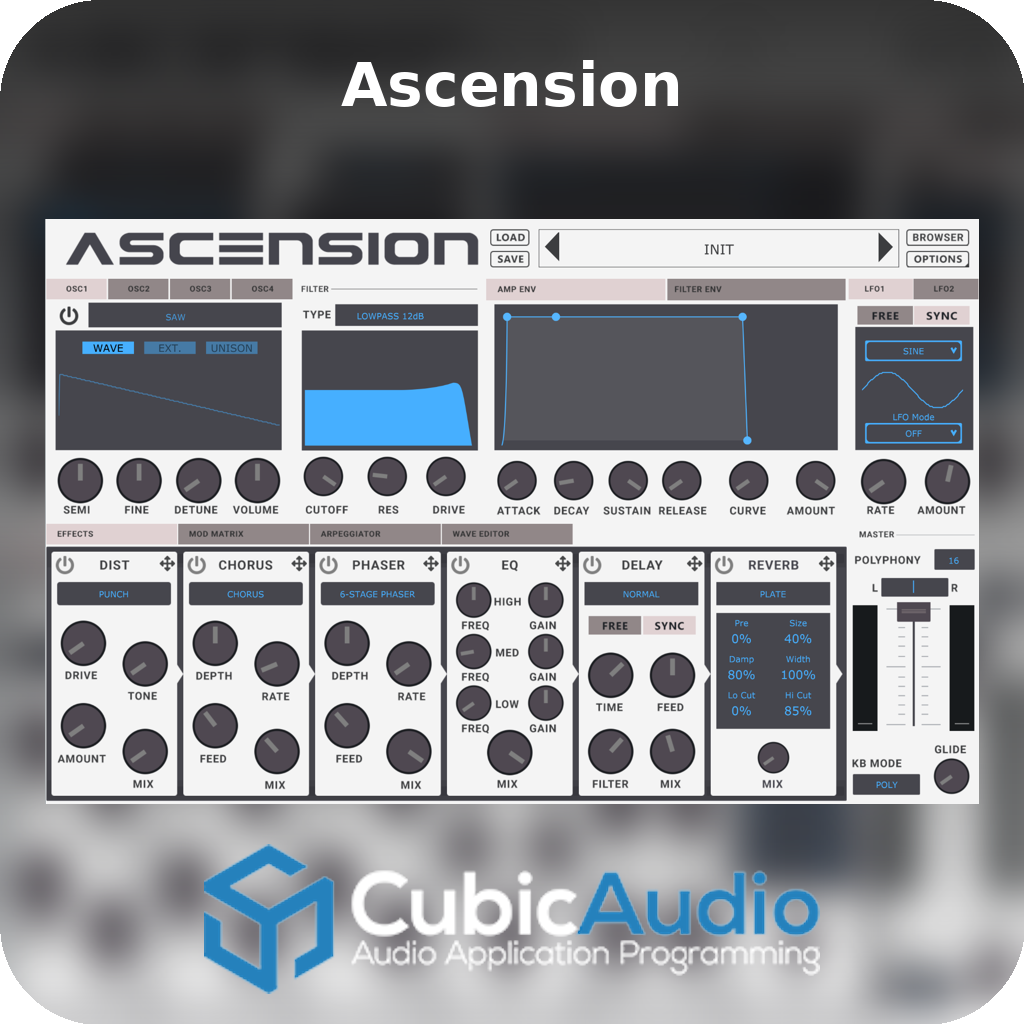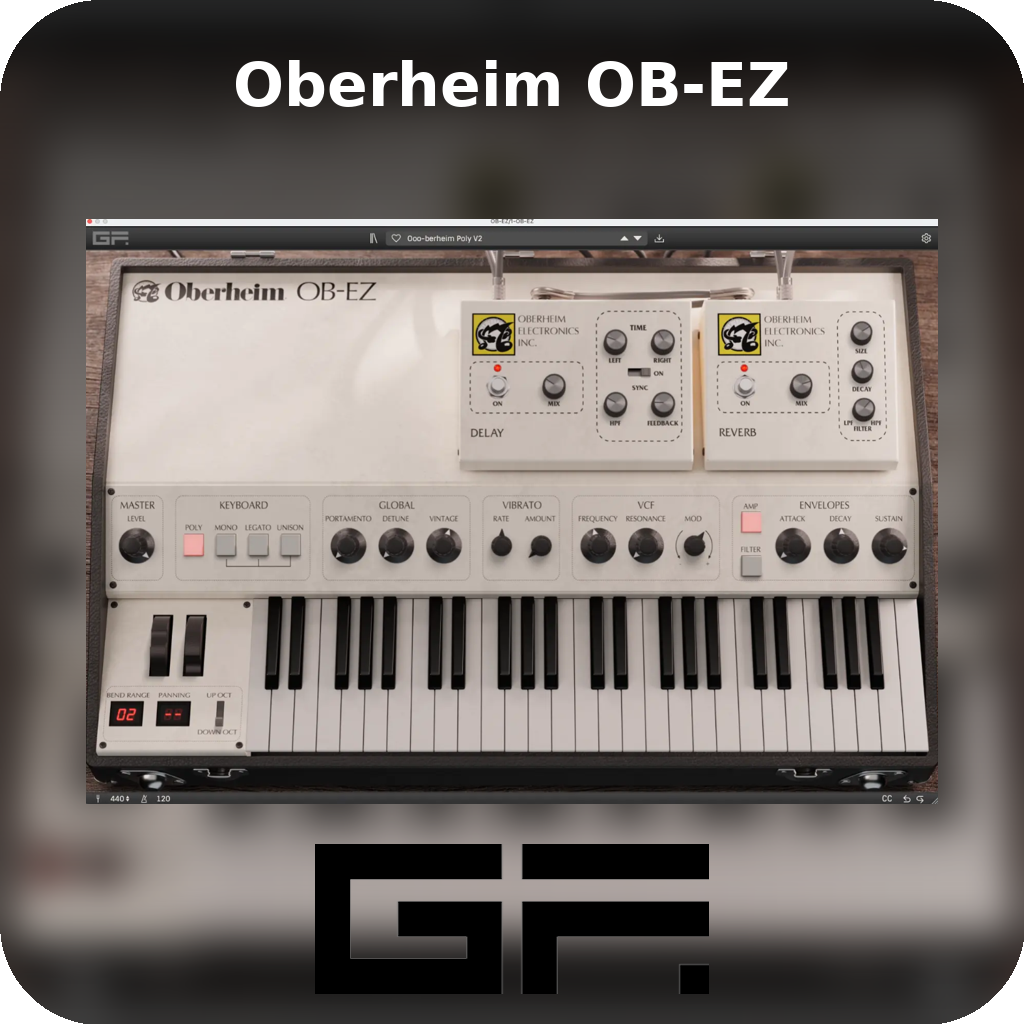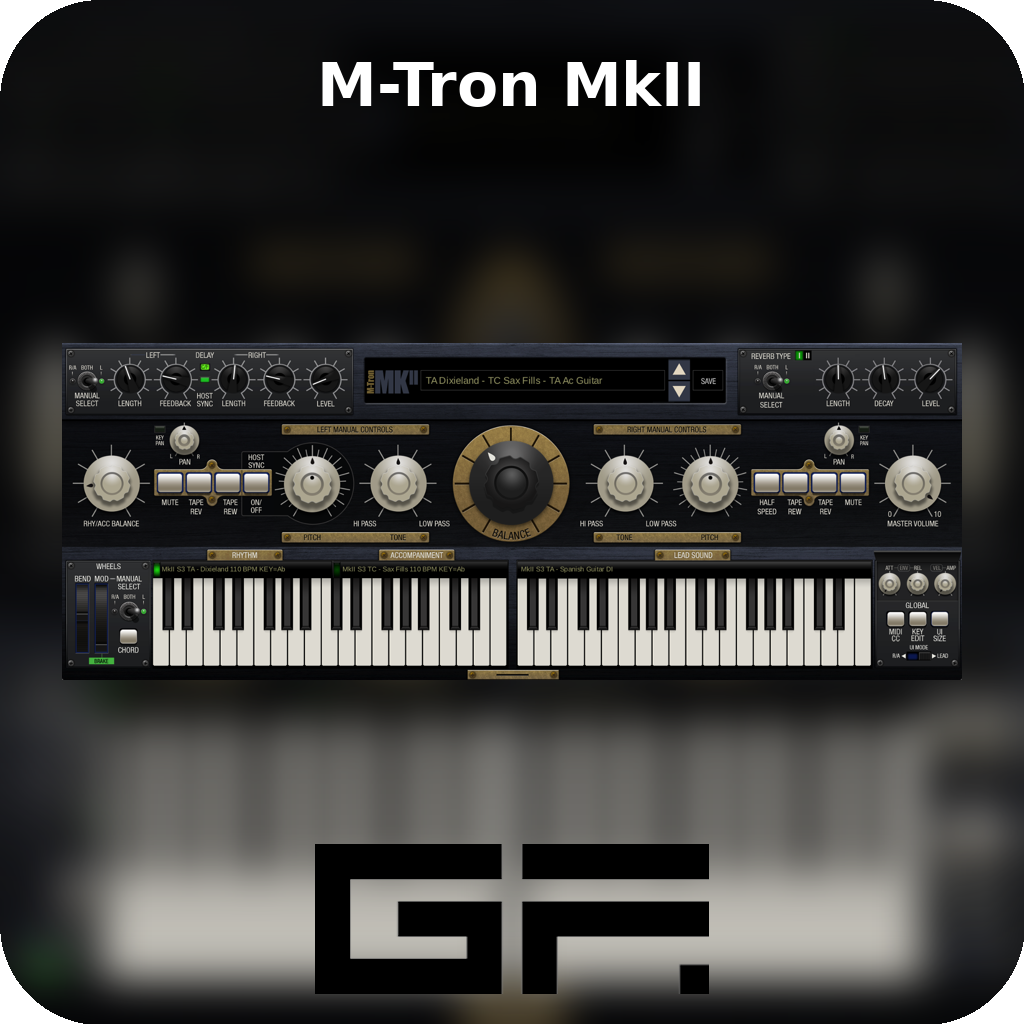Every once in a while, a new virtual instrument comes along that captures its subject so well, it becomes the new benchmark. Such is the case with Andy Narell Steel Pans—The Ellie Mannette Collection.
The Father of the Modern Steel Pan
The first steel pans (often dubiously called steel drums) made their appearance in Trinidad in the 1940s, fashioned from discarded biscuit tins and paint cans, beaten with wooden sticks. The steel bands were mostly gangs of youth from poor neighborhoods, but the discovery that different notes could be tuned on the top of a drum gave birth to an island-wide movement and the creation of a new family of instruments and a whole new genre of music. A teenage Ellie Mannette was among the first to experiment with hammering distinct tones into the top of an oil barrel, and he was the first person to tune a pan that could play melodies. From the beginning, Ellie’s work was considered the standard of steel pan tuning, and for the next 70 years he developed his techniques, relentlessly searching for perfection, and earning him international recognition as “the father of the modern steel pan”. In 2003 he was inducted into the Percussive Arts Society Hall of Fame. In 1967 he moved to New York and began a long and fruitful relationship with 12 year old pan player Andy Narell, who has been playing Ellie’s pans ever since.
Andy’s career as a recording artist and studio musician has spanned 50 years and thousands of recording sessions including film scores, commercials, pop, world music, jazz, and 20 albums as a leader. The steel pans in this virtual instrument are from Andy’s and Ellie’s personal collections—the same instruments featured on Andy’s steel orchestra recordings. Andy played and recorded the pans himself, balanced all the instruments one sample at a time, and created the virtual instrument with its unique GUI in collaboration with Tracy Collins. Ellie endorsed the project from its inception and tuned pans for the sampling sessions, but he passed away in 2018 before he could see the finished version.
Beautiful Samples and Versatile Controls
Andy Narell Steel Pans—The Ellie Mannette Collection is a flexible and wide-ranging instrument. It captures the sound of solo pans and pre-mixed sections, as well as the broad, festive, even ethereal sound of the full steel orchestra. You’ll get the entire tonal and dynamic range of the whole family of steel pans in one virtual instrument.
There are five types of steel pans in the collection—tenor, double second, triple guitar, tenor bass, and bass, with multiple instruments of each type included. In all there are 21 sampled Mannette instruments arranged into logical presets that let you explore the gamut of steel pan performance, and a bonus vintage early 1960’s tenor pan. There are also multiple performance enhancements—rolls, harmony, keyswitches to quickly change settings, and a MIDI velocity control that helps you access the full dynamic and tonal possibilities of the pans. Andy Narell’s recordings have long been considered the standard in steel pan recording, and he has brought a lifetime of experience to this project, which took five years to realize. It is part of Ellie Mannette’s legacy that these instruments have now been sampled and made accessible to musicians all over the world. That combination of beautiful pans—tuned, played, recorded, and mixed with the utmost care, makes this Steel Pans collection stand out from everything else on the market, and should open up a myriad of possibilities for using steel pans in contemporary music.
Key Features:
- 21 Mannette instruments and one vintage pan: A comprehensive collection for versatile performances.
- Five types of steel pans: Tenor, Double Second, Triple Guitar, Tenor Bass, and Bass.
- Solo and Ensemble presets: Provides various performance styles.
- Intuitive controls: Easily mute and solo instrument groups.
- Built-in effects: Enhance your sound with integrated effects.
- Dynamic Touch control: Adjust the responsiveness to your playing style.
- “Rolls” feature: Create authentic rolls for realistic performances.
- “Harmony” function: Add authentic chords and intervals.
System Requirements
Mac minimum system requirements:
- Intel Macs (i5 or higher): macOS 10.15, 11 or 12 (latest update)
- Apple Silicon Macs (via Rosetta 2 & natively on ARM in Standalone or in hosts that support it): macOS 11 or 12 (latest update)
- Required disk space: 8 GB
- Graphics hardware support: OpenGL 2.1 or higher, and Direct 3D 11.1 or higher
PC minimum system requirements:
- Windows 10 or 11 (latest Service Pack)
- Intel Core i5 or equivalent CPU:
- 4 GB RAM (8 GB recommended):
- Required disk space: 8 GB
- Graphics hardware support: OpenGL 2.1 or higher, and Direct 3D 11.1 or higher
Supported Interfaces:
- macOS (64-bit only): Stand-alone, VST3, AU, AAX
- Windows (64-bit only): Stand-alone, VST3, AAX
This virtual instrument is designed to work seamlessly with modern operating systems and interfaces, ensuring compatibility and optimal performance.

